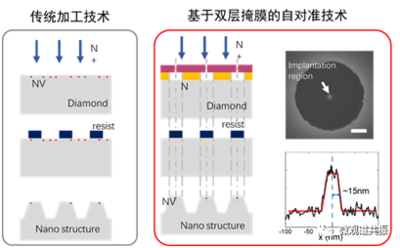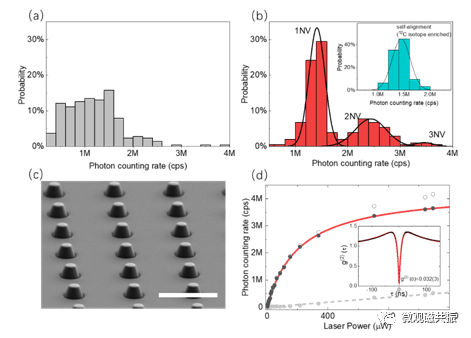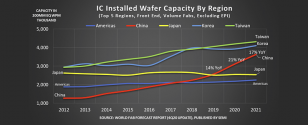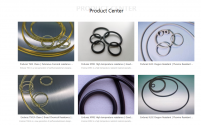Frontiers of Science and Technology | Great progress has been made in high-performance diamond quantum devices
The Key Laboratory of Microscopic Magnetic Resonance, Chinese Academy of Sciences, University of Science and Technology of China has made important progress in the preparation of diamond quantum devices, and has developed a brand-new self-alignment-based photonics device preparation and processing technology, which can combine nitrogen-vacancy color centers at the atomic level The quantum sensor is processed to the optimal working position of the diamond device with nanometer precision, realizing a quantum sensor array with near-optimal optical detection performance. The research was published in Science Advances.
Diamond, commonly known as "diamond", has excellent physical and chemical properties such as high hardness, high stability, high light transmittance, high thermal conductivity and ultra-high forbidden band width. It is used in ultra-precision machining, optical materials and semiconductor electronic devices and other industries. field has a wide range of applications. In the past ten years, scientists have discovered that a kind of atomic-scale lattice defect in diamond that can emit light-nitrogen-vacancy color center (NV color center for short) has great quantum application prospects, making imperfect diamond with defects "perfect". Become more "perfect" in terms of practicality. NV color centers can not only precisely measure various physical quantities such as electromagnetic field and pressure with nanometer spatial resolution at room temperature, atmosphere and even extreme environments, but also can establish many-body quantum entanglement for the study of fundamental problems such as quantum information. , high-tech industries and other fields have significant application value.

Figure 1: Schematic diagram of the preparation technology
The preparation of high-performance diamond quantum devices is the key technology for the practical application of diamond quantum information technology. Taking the diamond quantum sensor as an example, the principle is to use the NV color center in the device to convert the weak physical signal from the outside into an autofluorescence intensity signal for detection. Therefore, without sacrificing other physical properties, the photon count rate of the NV color center can be improved. It is a key indicator to improve sensor performance. In the past few years, active efforts have been made to develop diamond micro-nanophotonic structures for enhancing the fluorescence intensity of NV color centers, such as solid immersion lenses, cylindrical waveguides, circular bull's-eye gratings, parabolic reflectors, inverted nanocones, etc. . However, the current traditional preparation technology cannot precisely control the position of the NV color center in the micro-nano structure, resulting in low device preparation efficiency and difficult to achieve expected performance (Fig. 2(a)). The main reasons are the NV color center preparation process and diamond structure etching. Alignment challenges between processes (Figure 1 left). Usually this alignment accuracy needs to be better than 20 nanometers to achieve the theoretically optimal optical performance of the optical device.

Figure 2: Demonstration of device fabrication. (a) Optical count rate distribution of devices fabricated by traditional process; (b) Optical count rate distribution of devices fabricated by self-alignment process; (c) Electron microscope photo of diamond nanopillar sensing array; (d) Fluorescence saturation curve test of a single NV color center.
For the above problems, the research team of this work has developed a photonics device processing technology based on a self-alignment strategy. Through the double-layer mask patterning process design, the nitrogen ion implantation process and diamond structure etching required for generating NV color centers are realized. The self-alignment of the etching process can achieve a precision of 15 nanometers (right in Figure 1). Using this technique, the research team achieved the fabrication of high-performance diamond nanopillar sensing arrays, which can be used for cutting-edge applications such as biosensing and nanoscale magnetic material imaging. Compared with conventional fabrication techniques, the devices show highly consistent and optimal photon count rates and device yields close to theoretical expectations. By further controlling the direction of the fluorescence emission dipole by the diamond crystal orientation, the team finally achieved a single NV color center saturation photon count rate of ~4.34Mcps, and the fluorescence intensity increased by about 20 times (Figure 2). The method has the characteristics of engineering, simplicity and high precision. It can not only prepare high-performance diamond quantum sensors in batches, but is of great significance to the practical application of diamond quantum technology, and can also be applied to other solid-state quantum systems such as silicon carbide and rare earth ions.
ChemChina focuses on the R&D and production of diamond, and has the ability to design MPCVD equipment. It is the first domestic company to master the core process of MPCVD to prepare high-quality diamond and achieve mass production, and it has created an original plasma-assisted polishing method for high-efficiency precision machining of diamond atomic-level surfaces. , Wafer-level diamond Ra<1nm,
diamond heat sink thermal conductivity 1000-2000W/mk, more GaN on diamond, Diamond on GaN, diamond-based aluminum nitride and other products, used to solve high frequency, high pressure, high temperature, etc. In the future, we will continue to improve product quality through measures such as manufacturing intelligence and optimizing production processes, benchmarking against the international advanced management level, and continuously improve our products and services.






